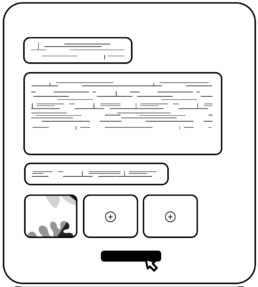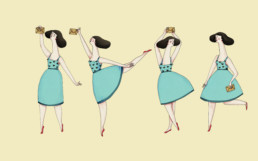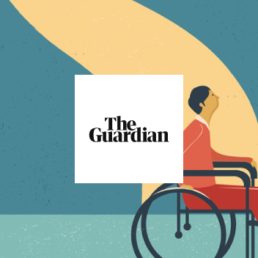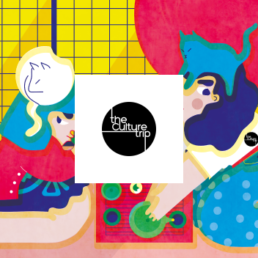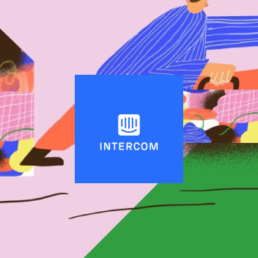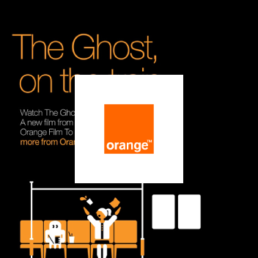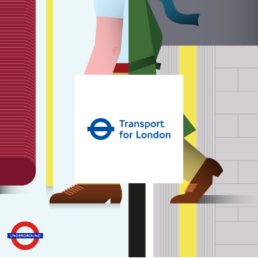Interested in more visual trends? Create account on Minty, start discovering illustrators and their work and get updates about latest illustration trends.
Here Are 6 Award Winning Illustration Styles That Worked For Global Brands
Click On Style To Discover More


